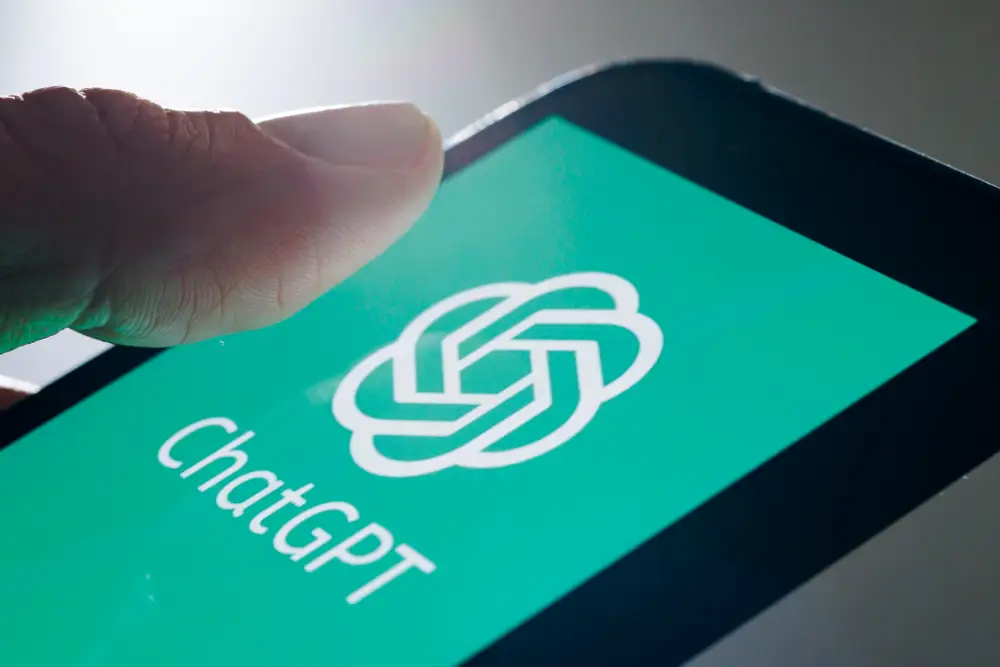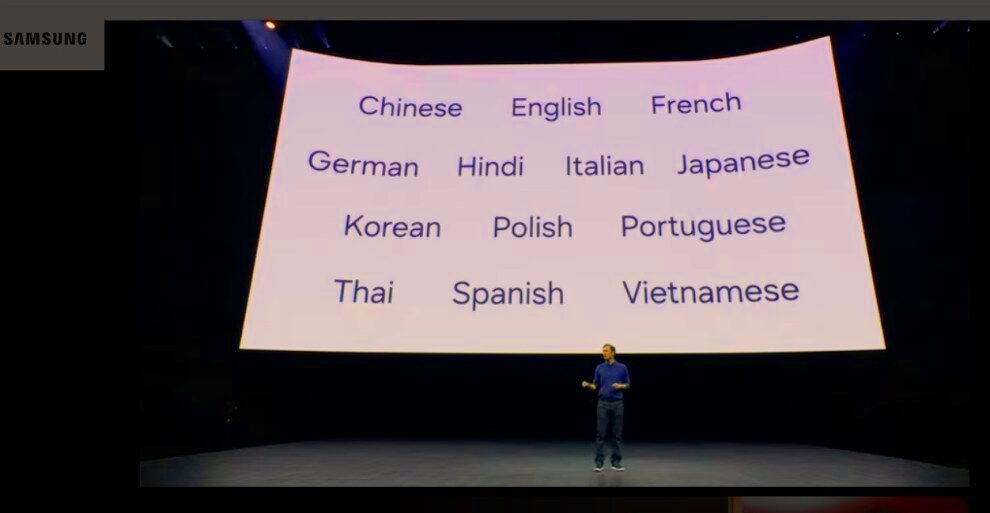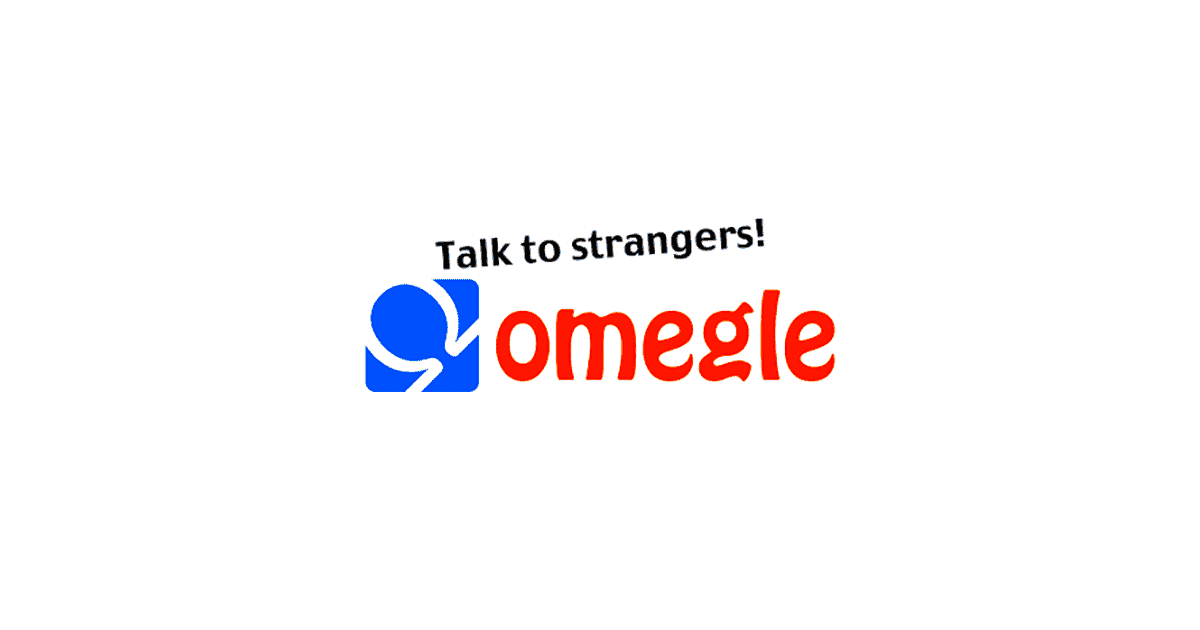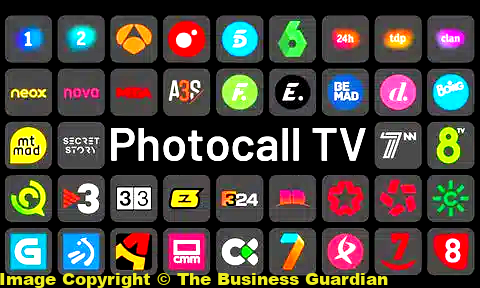Samsung’s latest Galaxy Meets this year launched a breakthrough feature: live translation in the form of phone calls and text messages.
And could further enable the sharing of experiences internationally, increasing international dialogue and mutual understanding. In this article, we will go a little deeper into the technology and see what it can do for us today (and tomorrow!), where some of its potential applications might be down the road, as well as considering how far off other challenges are.
Understanding Live Translation Technology: Breaking the Limitations
The first mission of live translation technology is to eliminate the barrier between different languages when people interact. Here is an example of how to use it:
- Speech Recognition: The phone utilizes advanced speech recognition algorithms to identify the spoken language and convert it into text.
- Machine Translation: Powerful machine translation engines then translate the text into the user’s preferred language.
- Text-to-Speech (Optional): For phone calls, the translated text can be converted back into speech, allowing for real-time communication during conversations.
Potential Applications: A World of Possibilities
Samsung’s live translation feature opens doors to a multitude of applications in various sectors.
- Global Business Communication: Business interactions across international borders can be streamlined and more efficient. Negotiations, conferences, and customer service can all benefit from seamless communication.
- Travel and Exploration: Language barriers become less of an obstacle for travelers. Conversations with locals, navigating unfamiliar environments, and ordering food will become easier.
- Education and Learning: Language learning can be enhanced by live translation tools, facilitating conversation practice and comprehension.
- Social Connection: Connecting with friends and family who speak different languages becomes more accessible, fostering stronger bonds across borders.
Challenges and Considerations: A Work in Progress
While live translation technology holds immense potential, it’s important to acknowledge the ongoing development and some limitations:
- Accuracy: Machine translation engines can still produce errors, particularly with complex sentence structures or idiomatic expressions.
- Nuances and Context: Linguistic nuances and cultural context might be lost in translation, potentially leading to misunderstandings.
- Background Noise: Background noise during phone calls can hinder the accuracy of speech recognition.
- Internet Connectivity: Live translation features often require an internet connection, which might not be readily available in all situations.
A Look Forward: The Future of Language Translation
Despite these limitations, Samsung’s live translation feature represents a significant step forward in bridging the communication gap. Here’s a glimpse into what the future might hold:
- Continuous Improvement: Machine translation algorithms will continue to evolve, offering greater accuracy and a nuanced understanding of languages.
- Offline Capabilities: The development of offline translation features will ensure accessibility even without an internet connection.
- Integration with Other Apps: Live translation functionalities might seamlessly integrate with other apps, enhancing communication across various platforms.
More Than Just Samsung: The International LanguageTech Trend
The innovation of Samsung is not alone in its development. So are many old hands, such as IBM, and with good reason: language translation may indeed revolutionize global communication if it can be made to work well. This signifies a future where one of the biggest barriers to human interaction (language constraints, that is) is pretty much non-existent.
FAQs
Samsung’s live translation feature?
Real-time translation of telephone calls and text messages is now in the spotlight for Samsung Galaxy phones. You could talk to another person who speaks a different language, and the phone will translate whatever they say into your preferred voice (and vice versa).
How does live translation work?
The phone uses advanced technology to break down the communication process into steps:
- Speech Recognition: The phone listens to the spoken language and converts it into text.
- Machine Translation: Powerful engines then translate the text into your preferred language.
- Text-to-Speech (Optional): During phone calls, the translated text can be converted back into speech for real-time conversation.
What are the potential applications of live translation?
This technology has the potential to revolutionize communication in various sectors:
- Business: Streamline communication for global businesses, improving negotiations, conferences, and customer service.
- Travel: Overcome language barriers while traveling, making it easier to interact with locals, navigate new places, and order food.
- Education: Enhance language learning by facilitating conversation practice and comprehension.
- Social Connection: Connect with friends and family who speak different languages, fostering stronger bonds.
Are there any limitations to live translation?
While promising, live translation technology is still under development.
- Accuracy: Machine translation can sometimes produce errors, especially with complex sentences or idioms.
- Nuance and Context: Cultural nuances and context might be lost in translation, leading to misunderstandings.
- Background Noise: Noisy environments can hinder speech recognition accuracy during phone calls.
- Internet Connectivity: Live translation features often require an internet connection, which might not always be available.
What does the future hold for live translation technology?
Samsung’s innovation is a big step forward, but the future promises even more:
- Improved Accuracy: Machine translation algorithms will continue to learn and improve, offering more nuanced understanding.
- Offline Capabilities: The development of offline translation features will ensure accessibility without an internet connection.
- Wider Integration: Live translation functionalities might integrate with other apps, enhancing communication across platforms.
Is Samsung the only company working on live translation?
No, Samsung is not alone. Tech giants are investing heavily in language translation technology as a worldwide move to reduce isolated languages and harmonize global minds.
Is there a moral aspect to live translation technology?
Yes, there are ethical considerations surrounding data privacy and potential biases within machine translation algorithms. These issues warrant further discussion.







































